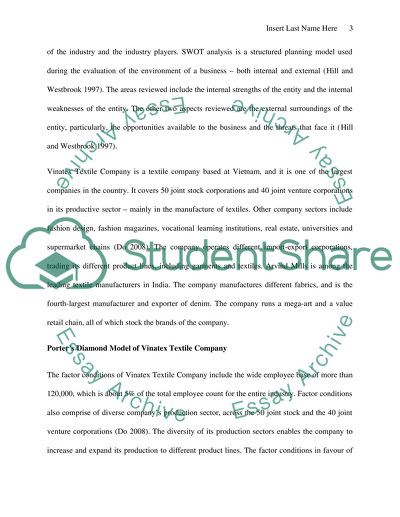Cite this document
(“Vinatex and Arvind Mills Essay Example | Topics and Well Written Essays - 2250 words”, n.d.)
Retrieved from https://studentshare.org/macro-microeconomics/1476089-vinatex-and-arvind-mills
Retrieved from https://studentshare.org/macro-microeconomics/1476089-vinatex-and-arvind-mills
(Vinatex and Arvind Mills Essay Example | Topics and Well Written Essays - 2250 Words)
https://studentshare.org/macro-microeconomics/1476089-vinatex-and-arvind-mills.
https://studentshare.org/macro-microeconomics/1476089-vinatex-and-arvind-mills.
“Vinatex and Arvind Mills Essay Example | Topics and Well Written Essays - 2250 Words”, n.d. https://studentshare.org/macro-microeconomics/1476089-vinatex-and-arvind-mills.


